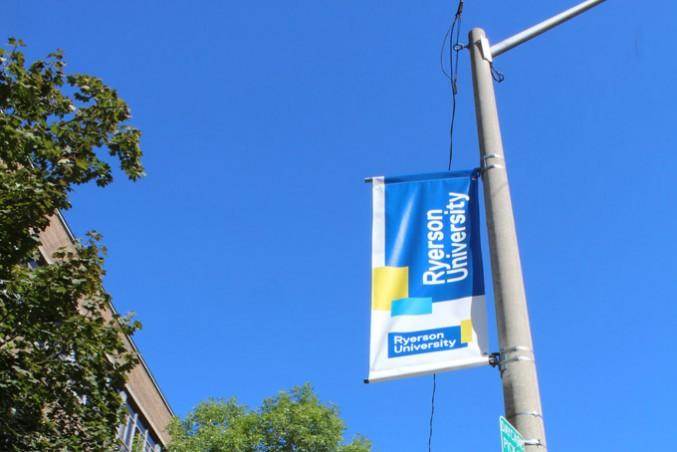By Dan Darrah
Ryerson has become the second-most applied to university in Ontario, but can only accept around 12 per cent of potential first-year students who apply.
According to statistics reported at the Sept. 28 Board of Governors meeting, there were 69,382 undergraduate applications to Ryerson for the 2015-2016 school year, with 8,483 first-year spots available.
High school grade averages prior to admission have peaked for nursing (90 per cent), creative industries (89 per cent), acting (89 per cent) and biomedical engineering (88 per cent).
“The difficulty is that we’ve run out of space,” Ryerson President Sheldon Levy said, adding that faculty are increasingly complaining about a lack of classrooms.
“You can’t keep on taking in more and more students if you can’t handle them,” he said. “The university today has never saw itself building a satellite campus, we’ve seen our identity as a downtown university. And the challenge of building downtown — it is now really serious.”
First-year chemistry student Faryal Aamir said, “I think it’s good that Ryerson is pretty selective on who they choose because we only accept people who really want to be here. It isn’t for everybody.”
According to the Ontario Universities’ Application Centre, Ryerson is second only to the University of Toronto in terms of first-year applicants.
Levy said it’s a “very good thing we’re becoming more attractive,” but added that it is an issue that the university becomes less accessible and accommodating as admissions spike.
“When it comes to opportunities for students who had more difficulty like illness or working part-time — for that student, it’s a problem,” he said.
Ryerson Students’ Union President Andrea Bartlett said in an email that “grades should not be the only measurement of eligibility for students entering the University setting.”
Though competition ensures a higher quality of educators, she said, “If a program that is already competitive, in a field where our society is already short on professionals, continues to bar accessibility, then it is our society that suffers.”
Aside from the cost and difficulty of building downtown, Levy said the biggest problem is the length of time it takes for the city to approve construction. “If someone just dropped 70 million dollars that landed on this desk,” Levy said, a new building would be ready in about 7 to 10 years.
“That’s how hard it is to build. I feel really guilty about that, and we should have done a better job.”
Levy said he’s beginning to think a satellite campus would be necessary in the future due to these difficulties.
Clinton Myles, a first-year biology student, said a satelite campus could be a solution. As a commuter, he said several Ryerson campuses would solve both the commuting and space issues.
“For Ryerson most of the students commute … because there isn’t enough room for more residences to build,” he said. “So everything is more dense.”
Levy said when it comes to the university’s image, the inherent “elitist” character can’t be avoided.
“It’s a very strange business we’re in because your reputation is made a lot by who you don’t take in, as opposed to who you do you take in,” he said. Levy called this the “rhetoric” of university branding.
“You leave out a lot of people … but your brand goes up by increasing your standards,” he said. “You don’t get reputation by saying ‘we were very accessible.’ I’m not saying it’s a good thing — but this is the honest answer.”
With files from Mikayla Fasullo and Keith Capstick










Leave a Reply